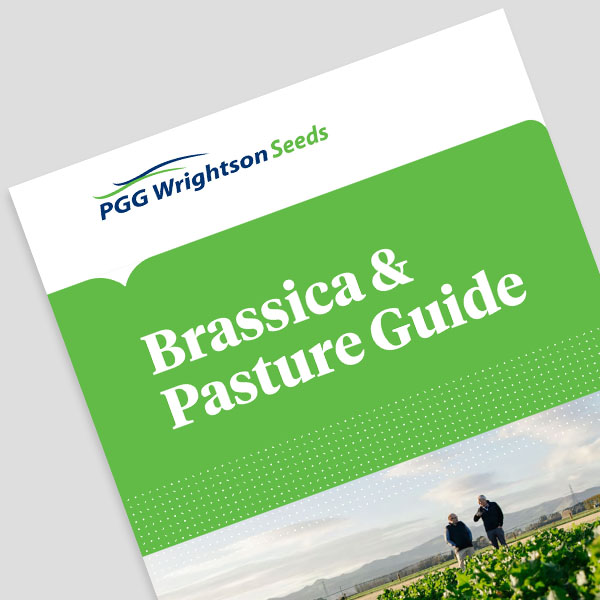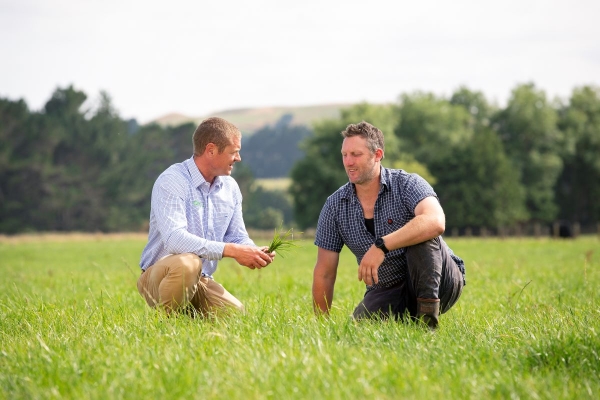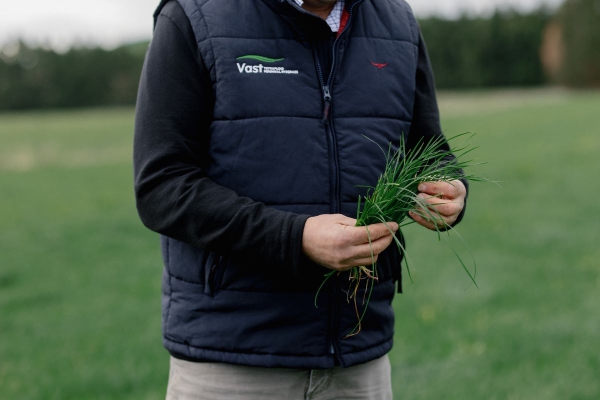Planning and establishment
Best practice for pasture management
New pasture establishment
Plan and prepare for success. Implement a renewal programme that addresses any limiting factors such as drainage, soil fertility, pest pressure and weed burden. Grass to grass renewal can work well in some situations, however where factors limiting ryegrass performance are present, a well, managed break crop will set up the paddock for new pasture. Take no shortcuts; remember ten seasons from a new perennial pasture is the goal
Choose an appropriate cultivar. Where pests are prevalent, an appropriate endophyte is a key consideration. Beyond that, the type of cultivar needs to be right for the paddock (e.g. soil fertility) and grazing management (e.g. rotational grazing versus set stocking). The highest yielding cultivar is often not the best choice for a challenging situation. Talk to a retailer or your local PGG Wrightson Seeds Sales Agronomist for recommendations
Establishing new pastures is about achieving a satisfactory level of tillering and root mass. From this point, a pasture will be resilient to ongoing grazing requirements and the challenges associated with periods of summer dry or winter wet. In general terms, we should have about 20 tillers for each ryegrass plant before we consider it established. A plant with 20 tillers is relatively big, so the drill rows should be practically closed over
Grazing management. Allowing new pasture to reach the 2.5-3 leaves stage before grazing will ensure individual plants build up energy reserves required for tillering and root growth. Do not leave new pasture beyond the third leaf stage, as low light levels to the base of the canopy will shade new tillers and clover. Using new pastures for silage or hay is not recommended. Grazing to a short, even residual of 1,500 kgDM/ha encourages new tillers and clover growth by allowing light into the base of the pasture. This practice of grazing from third leaf down to 1,500 kgDM/ha should be carried out until the pasture is fully established. Light applications of nitrogen (N) throughout spring and into early summer will encourage tillering and growth. Broadleaf weeds will compete with tillering ryegrass for space and light, so must be controlled with a herbicide spray
Ongoing monitoring of new pastures. Walk new pastures on a regular basis. Assess how far away they are from establishment targets and plan for the necessary grazing management, fertiliser application and weed control. Check these paddocks again going into summer and ensure they do not get overgrazed or grazed too often. Consider dropping them out of a round or two to take some pressure off them during the dry period. If perennial pastures are to last for 8-10 years, then we must put in this effort during the establishment phase. In this regard, new pastures are no different to young stock on the farm. If we care for them appropriately, we lay the foundation for good production for many seasons. If we don’t, they tend to get beaten up!
Ongoing pasture management
- Many of the recommendations for new pasture management continue to apply after the establishment period, as persistence is all about maintaining tillers and root mass. A well-established pasture will be more resilient to typical seasonal stresses and grazing requirements, however a higher standard of ongoing management will extend the lifespan of a pasture considerably
- Supply ongoing fertiliser requirements according to a soil test and yield targets and control broadleaf weeds
- During challenging seasons, timely and appropriate adjustment of stocking rates, grazing residuals and round lengths is essential for pasture recovery and persistence
Pasture renewal, particularly with modern cultivars and endophytes, presents the opportunity for improved farm productivity. This has been demonstrated in trial comparisons and on many farms throughout New Zealand. Persistence of ryegrass has been maintained in the breeding process, however the cultivar and endophyte options need to be used appropriately to ensure they cope with the modern grazing demands and challenges presented by the seasons. Attention to detail is key and doing the basics really well will deliver results.



